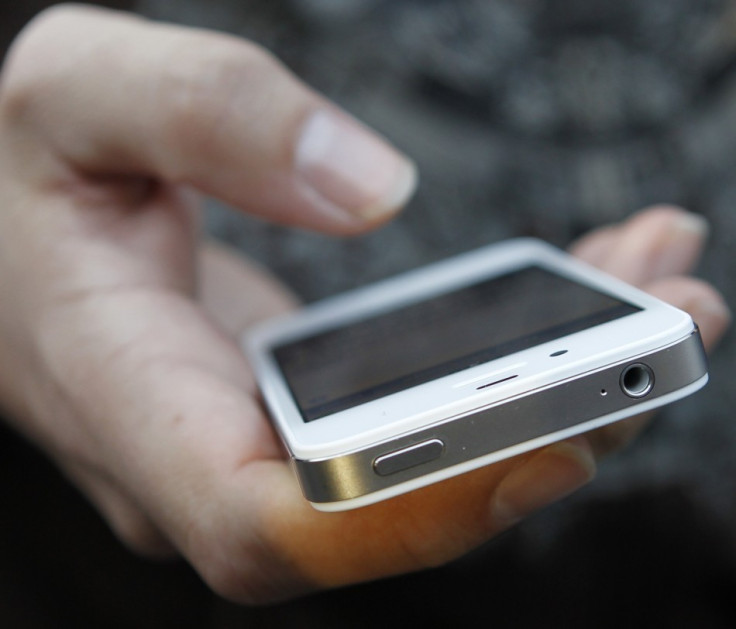Sexting Is More Common Among Teens Than Previously Thought, Say Researchers

Researchers have found that sexting is more common among teens than previously thought.
Researchers from the University of Utah have discovered that more teenagers are sending and receiving sexually explicit photos through cell phones with little knowledge of the legal and psychological consequences. Even many of those who believe there could be serious legal and psychological consequences are undeterred and still choose to engage in sexting.
New communication technologies play an increasingly important role in the lives of the young, especially adolescents. Instant access to others via online social networks has dramatically changed when, how and what teens learn about each other and the world. In addition, sexting is a new way in which adolescents are exposed to sexual material.
In many US states, those sending or receiving nude pictures of individuals under 18 risk charges as serious as possession or distribution of child pornography, carrying penalties that include being listed on a sex offender register. In addition, for those featured in the photos, there may be serious psychological consequences.
Researchers discovered this when they conducted a study on 606 students from a private high school in the southwest US.
During the study, researchers asked the participants to complete a questionnaire about their experiences of sexting and their understanding of what consequences they believed were associated with being caught sexting. The students were also asked about their feelings on sending sexually explicit cell phone pictures, for example, in what context it might be right or wrong.
Researchers were stunned to find that 20 percent of the students, some as young as 14, said they had sent a sexually explicit image of themselves via cell phone, and nearly twice as many said that they had received a sexually explicit picture. Of those receiving such a picture, over 25 percent indicated that they had forwarded it to others.
In addition, of those who had sent a sexually explicit picture, over a third had done so despite believing that there could be serious legal and other consequences if they got caught. Students who had sent a picture by cell phone were more likely than others to find the activity acceptable.
"These results argue for educational efforts such as cell phone safety assemblies, awareness days, integration into class curriculum and teacher training, designed to raise awareness about the potential consequences of sexting among young people," said Donald Strassberg, professor of psychology at the University of Utah, in a statement.
© Copyright IBTimes 2025. All rights reserved.





















